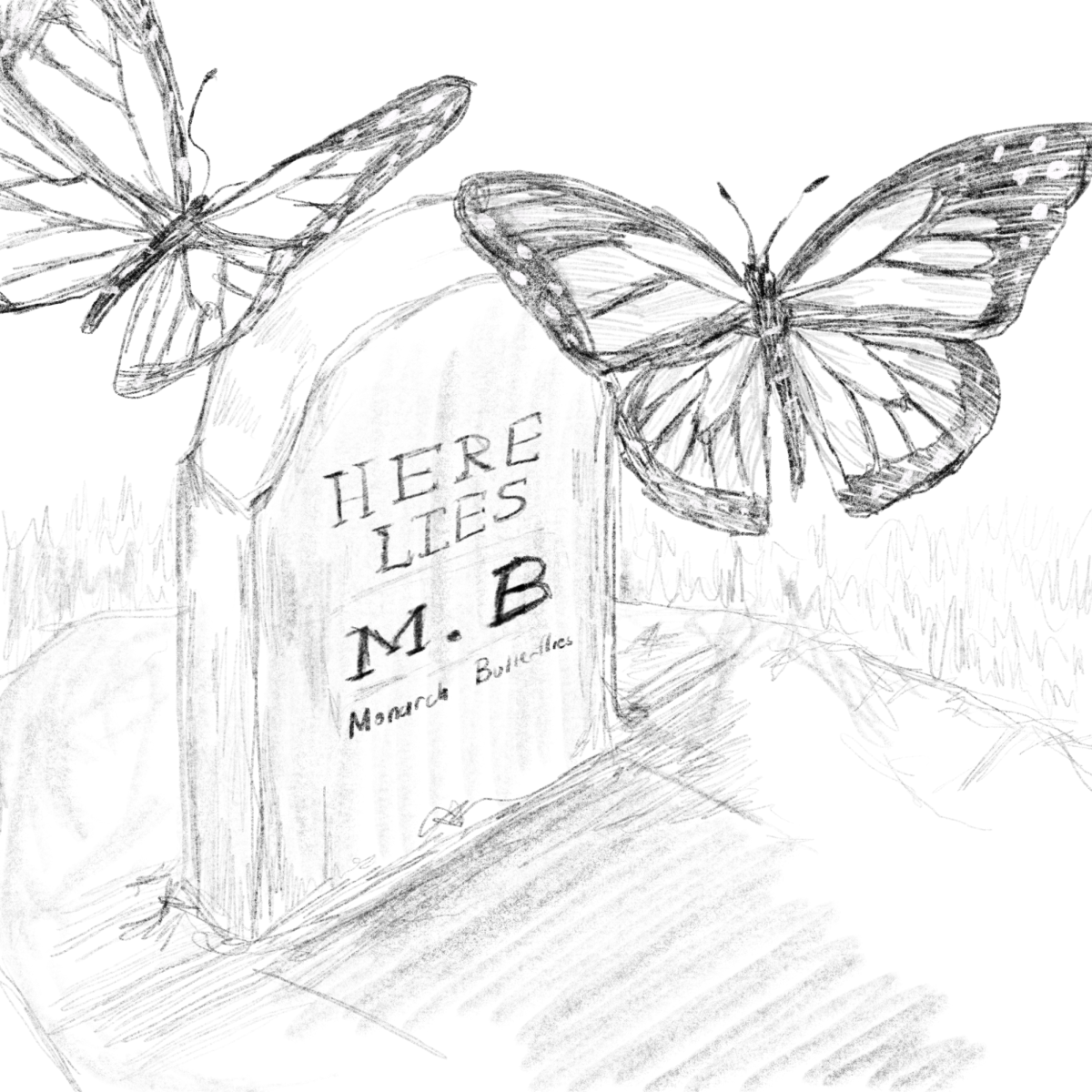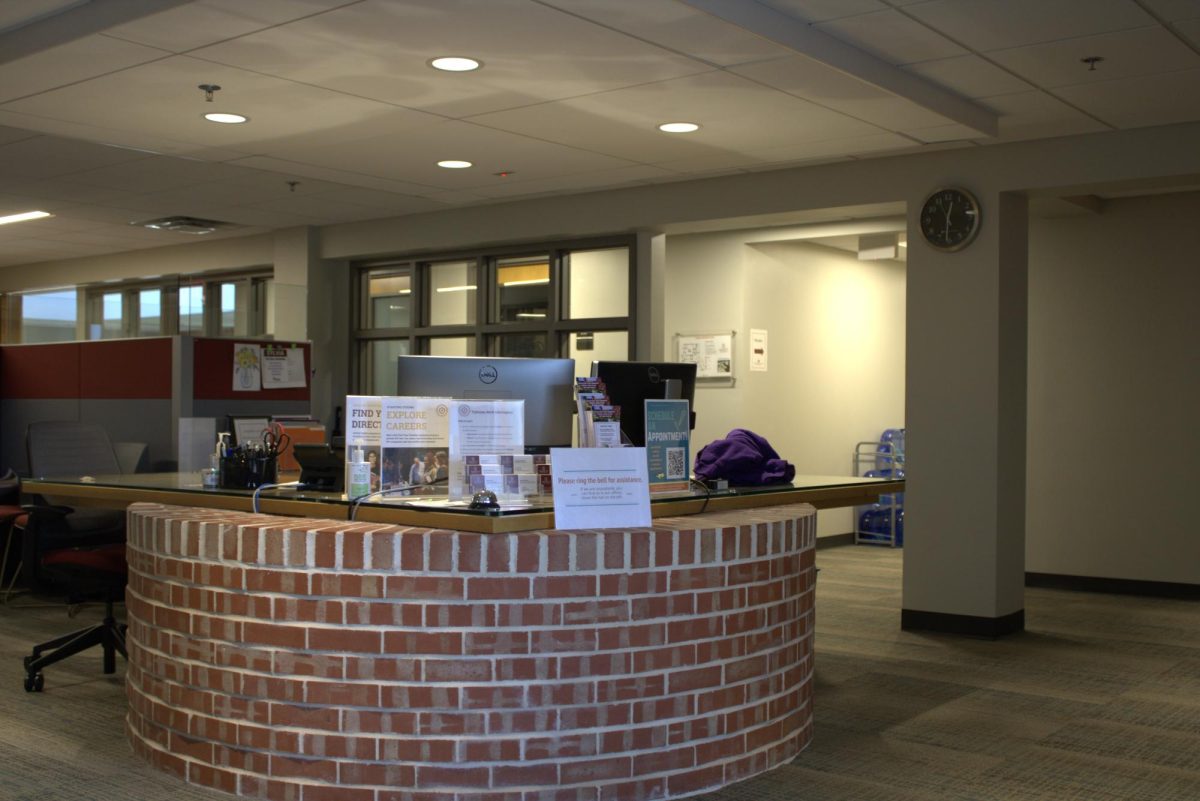What’s up, sex lovers! Welcome to the Trinitonian Sex Corner, the first installment in a brand-new series of advice columns covering all sorts of burning questions. Speaking of burning, this first column will be over a topic many are uncomfortable with: Sexually transmitted infections (STIs). The Sexpert is in.
I hope you’re ready to delve deep into topics about healthy sex relationships, sex toys, what sex means to different people and other silly (and sexy) topics.
Sexually transmitted infections (STIs) fall under a plethora of names such as STDs and venereal diseases. There are around 20 different STIs including chlamydia, HIV, genital herpes and syphilis. STDs are usually passed on from one person to another through sexual contact including vaginal, oral and anal sex.
However, sometimes people don’t realize that STIs, like herpes or HPV, can be spread in other ways, such as skin-to-skin or toy to genital contact, which is why protection in all forms is important. One concern of many is that some STDs can be spread through toilet seats. Thankfully, according to Dr. Edward Liu, there is virtually no chance of this happening as “bacterial STDs cannot survive outside the body very long.” To be safe, though, you should always check to see if the toilet seat has any blood or fluids just in case.
Growing up in Texas, only my parents taught me this. Sure biology teachers? School nurses? They taught me that “abstinence is key,” “safe sex is no sex” and how to use a condom, but I wasn’t taught comprehensive sexual education. This is the case with millions of schools across the U.S. — a whopping $75 million annually is allocated to schools that advocate only for abstinence to be taught. This may be why, as stated by Health News Hub, around one in four college students has an STD.
LGBTQIA+ sex education is almost non-existent in high schools around the country. This puts young queer individuals at an alarmingly high risk of contracting STIs. The Center for Disease Control reported in 2019 that young gay and bisexual men have higher rates of HIV, syphilis and other STIs compared to straight men. In fact, gay and bisexual men accounted for nearly 50% of syphilis diagnoses, 69% of new HIV diagnoses and 86% of total HIV diagnoses.
I know that a statistics dump can be pretty upsetting, but it’s important to continue the dialogue on STIs. It is the first step in preventing the spread. It is also important to point out, though, that people who have STIs are human. Many times in media and real life, those with STIs are ostracized and seen as lesser, even though STIs are not uncommon and can be acquired by anyone.
By treating those with STIs with respect, people may open up more about the topic and we might see some actual change.
Now for my advice to anybody worried about contraction: get tested. Unfortunately, safe and affordable testing areas are few and far between. You can receive an STI panel (for chlamydia, gonorrhea, syphilis and HIV 1 and 2) or a full STI panel (adds herpes and hepatitis A, B and C) at a private clinic (which usually upcharges so do your research before paying $200), a local lab or community clinic. Lab testing fees range from $8 to $150 and at-home tests cost between $35 and $175 per test. Some places to check out include any Planned Parenthood location, Metro Health STI/HIV clinics or mobile clinics (offer Medicaid rates) and the San Antonio AIDS Foundation (free of charge in most cases for HIV, syphilis, gonorrhea and chlamydia).
The second step is to be open and honest with your partner(s). The conversation may be awkward, but you need to know if they have been tested recently, especially if they have had past sexual partners.
The third step is to wrap that willy! No matter what kind of sex you are having — anal, oral, vaginal etc. — there need to be steps in place to prevent STIs, whether that be condoms, dental dams or internal condoms which are available through the wellness services and the Queer Health Resource Guide (which shows places on campus where you can access prevention methods). Keep in mind that oral contraceptives and other methods do NOT prevent STIs, so if you plan on only using only those forms, see step one. Another option available is pre-exposure prophylaxis (PrEP), which is a daily pill or two month injection that can reduce the risk of HIV developing in those who may have contracted HIV from somebody. Post- exposure prophylaxis (PEP) is similar in that it is taken in emergency situations to prevent HIV. However, PEP must be started within 72 hours of sexual contact.
Unfortunately, the Sexpert has to sign off at some point. If you have read this far, email trinitonian@trinity.edu with any questions or concerns about this column. Or, if you feel inclined, send over some ideas that our staff should write about next. Stay tuned for the next installment in the advice column series about drugs. Sexpert out.






